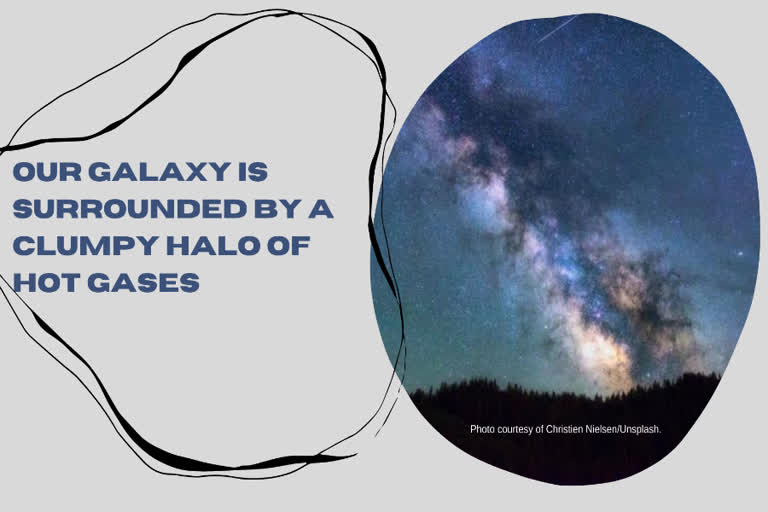IOWA, U.S: The findings come from observations made by HaloSat, one of a class of minisatellites designed and built at Iowa--this one primed to look at the X-rays emitted by the CGM. The researchers conclude the CGM has a disk-like geometry, based on the intensity of X-ray emissions coming from it. The HaloSat minisatellite was launched from the International Space Station in May 2018 and is the first minisatellite funded by NASA's Astrophysics Division.
"Where the Milky Way is forming stars more vigorously, there are more X-ray emissions from the circumgalactic medium," says Philip Kaaret, a professor in the Iowa Department of Physics and Astronomy and corresponding author on the study, published online in the journal Nature Astronomy. "That suggests the circumgalactic medium is related to star formation, and it is likely we are seeing gas that previously fell into the Milky Way, helped make stars, and now is being recycled into the circumgalactic medium."
Each galaxy has a CGM, and these regions are crucial to understanding not only how galaxies formed and evolved but also how the universe progressed from a kernel of helium and hydrogen to a cosmological expanse teeming with stars, planets, comets, and all other sorts of celestial constituents.
HaloSat was launched into space in 2018 to search for atomic remnants called baryonic matter believed to be missing since the universe's birth nearly 14 billion years ago. The satellite has been observing the Milky Way's CGM for evidence the leftover baryonic matter may reside there.
To do that, Kaaret and his team wanted to get a better handle on the CGM's configuration.
More specifically, the researchers wanted to find out if the CGM is a huge, extended halo that is many times the size of our galaxy--in which case, it could house the total number of atoms to solve the missing baryon question. But if the CGM is mostly comprised of recycled material, it would be a relatively thin, puffy layer of gas and an unlikely host of the missing baryonic matter.
Also Read: HTC Desire 20+ launched, features and specifications



